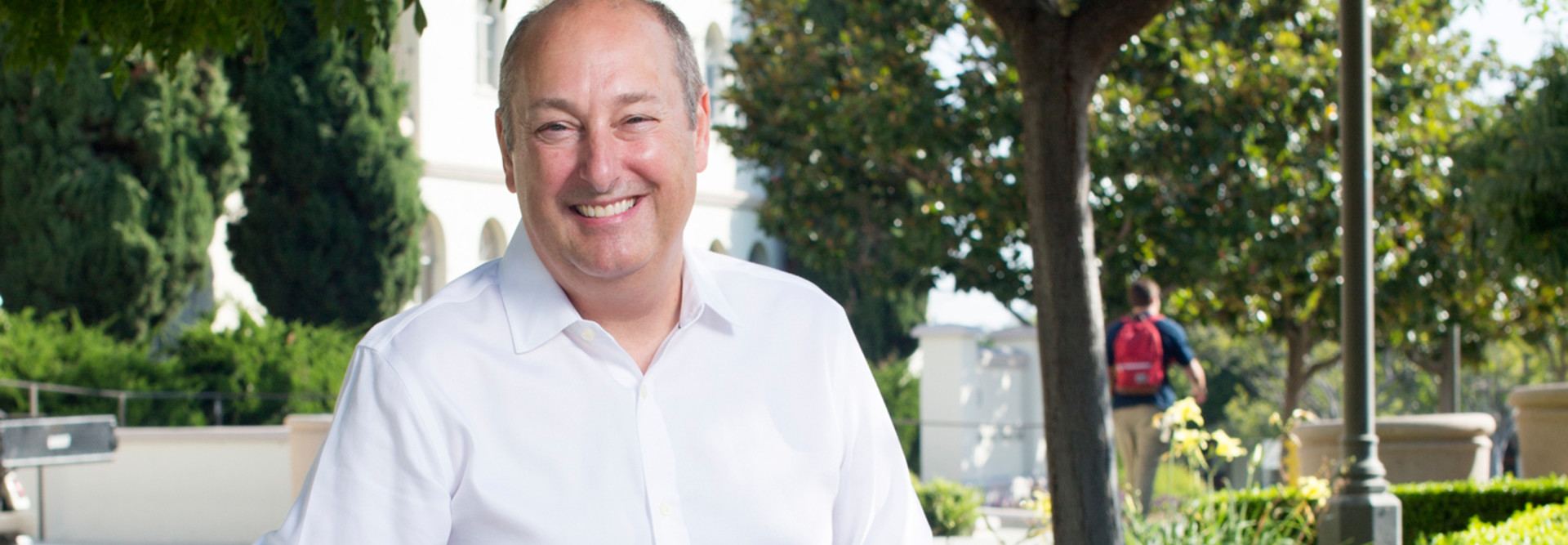Ever-Growing Data Requires Smarter VM Backup
With the explosion of data in recent years, colleges have struggled to keep pace with backups and restores of their virtual environments in a timely manner. When the University of San Diego faced the predicament, the IT staff quickly figured out a fix.
After virtualizing nearly all of its servers, the IT department noticed that data backups were taking too long. All the virtual machines (VMs) and data overwhelmed the existing tape-based backup system, so backups weren’t finishing on time. As a short-term fix, IT staffers backed up some data less frequently.
Then in late 2014, as a long-term solution, the university purchased new backup software specifically designed for virtual servers, and a deduplication storage appliance, which eliminates duplicate copies of the same data. Together, the new technologies have solved USD’s problems by speeding up the backup and recovery process and reducing storage costs.
“We had built this highly virtualized environment, which provided massive efficiencies, fast deployment times and the ability to recover VMs. But the double-edged sword was that we generated many more systems and massive amounts of data that needed to be backed up,” says CIO Chris Wessells. “With our new technology, we can back up data much more rapidly, and our ability to restore is incredibly fast.”
Virtualization represents the single greatest transformational technology in IT and data protection in the past 20 years, says Jason Buffington, Enterprise Strategy Group senior analyst. But institutions that virtualize their servers also must be proactive and replace legacy backup and recovery tools with new technology designed for virtual environments.
“When you modernize the production environment, you have to modernize protection at the same time,” Buffington says. “Legacy backup approaches can’t accommodate a virtualized infrastructure. They treat VMs as if they are a bunch of physical machines, and that’s just not optimal. It will slow down the production environment, and it’s unreliable from a backup and recovery standpoint.”
The amount of savings realized over 3 years’ time after standardizing on Quantum’s vmPRO VM backup software and DXi deduplication appliance
SOURCE: University of San Diego
University Gains Quantum Leaps in Network Speed
The University of San Diego, a Catholic university with 8,200 students, uses a VCE Vblock converged infrastructure that operates about 300 VMs and houses about 200 terabytes of data that need to be backed up.
The IT department considered several vendors for its new data backup and recovery solution, but standardized on Quantum’s vmPRO backup software for virtual servers and a Quantum DXi 6702 deduplication disk-based appliance that offers deduplication rates of about 20 to 1, meaning it uses only about 10TB of storage to back up 200TB of data.
“It’s radically efficient,” Wessells says.
Together, the two Quantum technologies simplify and speed up the backup and recovery process. The vmPRO software backs up VMs to the DXi appliance at high speeds. And because the software stores VMs in native format, the university can restore VMs much more quickly than before, Wessells says.
Nightly incremental backups are now completed in several hours, well within the university’s backup window, while recovery of VMs and other data now takes minutes instead of hours, says Mike Somerville, USD’s manager of systems support.
Through a graphical user interface, the IT staff can quickly recover an entire VM or, at a more granular level, portions of a VM or application data, he says.
USD still uses its previous backup technology for the 20 to 30 stand-alone physical servers that have not been virtualized. About half the university’s data is still backed up using that older technology, including department drives and individual employees’ home folders, Somerville says. Overall, the Quantum technology took about a week to install, and so far it has exceeded the IT department’s expectations.
“I’m always trying to find the most cost-efficient technology solutions for the university, and for institutions of our size that face challenges backing up data and finding a highly efficient way to recover and restore VMs and data quickly, I can’t imagine there’s a better solution. It’s very cost-effective,” Wessells says.
Layering Protection for VMs with Veeam
Flint, Mich.’s Mott Community College also sought a more modern solution for its backup and disaster recovery infrastructure after virtualizing servers.
The college has used VMware to virtualize nearly all of its 220 applications on five physical servers over the past 10 years.
In that time, the college also saw a huge increase in data, causing backups on its tape storage device and legacy backup software to take longer than ever, says Randy Schapel, the college’s director of network services. Full backups during the weekends took 48 to 72 hours, while nightly incremental backups took six to 10 hours. The old backup software required agents to be installed on each server, which also took a lot of time to manage, he says.
In spring 2015, the college migrated to faster disk-based backup and standardized on Veeam Backup and Replication software and Supermicro servers that provide 70TB of storage. Today, backups run two to five times faster. Full backups now take roughly 24 hours, while incremental backups are completed in two hours, Schapel says.
Veeam takes snapshots of any new data or changes to existing files every night. It also compresses and deduplicates the data with a 5-to-1 ratio, allowing the college to back up its VMs and data using less disk space.
“We needed a solution that was reliable, simple and fast, and we’ve been really happy with the performance,” Schapel says.
Mott Community College further bolstered its backup and disaster recovery efforts in late 2015 by building a secondary data center to serve as a disaster recovery site, using Veeam software and additional storage hardware to make another backup copy of the college’s VMs and data.
Schapel’s team installed Zerto replication software for some of the college’s mission-critical applications, such as the student information system and learning management system. In a disaster recovery situation, the Zerto software will allow the IT department to restore applications within several minutes, Schapel says. The IT staff can use Veeam to restore the other apps, a process that would take 15 to 30 minutes for each app.
“In a disaster recovery situation, we can bring up the important stuff first, and then spend the next couple of hours bringing up all the other applications,” Schapel says.









